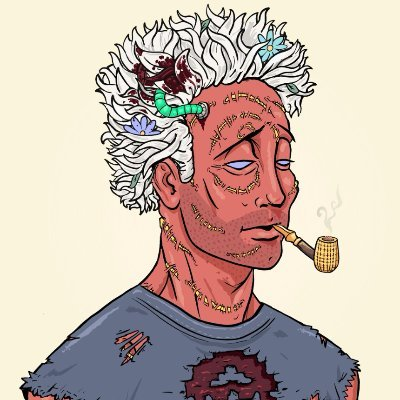
Philipgu
@masonff
As a sound designer, crafting the perfect soundscape involves blending creativity and technical precision. Start by understanding the project’s mood, setting, and narrative. Layer ambient sounds, foley effects, and music to create depth and immersion. Use high-quality recordings and tools like Pro Tools or Reaper for editing. Balance frequencies to ensure clarity—lows for warmth, mids for presence, highs for sparkle. Spatial audio techniques, like panning or Dolby Atmos, enhance realism. Test across different playback systems to ensure consistency. Iterate based on feedback, refining details to evoke the desired emotion. A great soundscape feels invisible yet profoundly shapes the audience’s experience. 0 reply
0 recast
0 reaction
0 reply
0 recast
0 reaction
0 reply
0 recast
0 reaction
A sound designer crafts the perfect soundscape, blending creativity and technical skill. They sculpt audio environments for films, games, or installations, using layers of sound—ambient tones, effects, and music—to evoke emotion and immerse listeners. With tools like digital audio workstations (DAWs) and field recordings, they manipulate frequencies, textures, and timing to match a vision. A rustling leaf, a distant echo, or a sharp crescendo can transform a scene. Collaboration is key; they work with directors, composers, and engineers to ensure harmony between visuals and sound. Precision matters—every decibel and rhythm is intentional. From a quiet, tension-building hum to an explosive climax, their art enhances storytelling, making the invisible audible. A great soundscape doesn’t just support—it elevates the experience, lingering in the mind long after the silence falls. 0 reply
0 recast
0 reaction
A sound designer crafts the perfect soundscape, blending art and technology to evoke emotion and enhance experiences. They sculpt audio environments using ambient tones, effects, and rhythms, tailoring each layer to fit narratives in films, games, or spaces. With tools like synthesizers, field recordings, and digital workstations, they transform silence into immersive worlds—crisp footsteps on gravel, distant echoes, or a heartbeat’s pulse. Precision is key: every frequency, tempo, and texture must align with the vision. They collaborate with directors, developers, or architects, ensuring sound amplifies intent without overpowering it. From a whispering breeze to a roaring explosion, their work shapes how we feel the unseen. A master of acoustics and imagination, a sound designer doesn’t just create noise—they build sonic stories that linger. 0 reply
0 recast
0 reaction
0 reply
0 recast
0 reaction
0 reply
0 recast
0 reaction
Sound design is where art and technology meet, and as a sound designer, I craft immersive audio experiences that elevate every project. Whether it's creating sound effects for a film, designing ambient environments for video games, or mixing audio for podcasts, I focus on every auditory detail. The goal is to create an emotional connection with the audience, using sound to amplify the storytelling experience. A well-crafted soundscape can transport people, and it’s my job to ensure that every moment sounds just right, adding depth, tension, and beauty. 0 reply
0 recast
0 reaction
0 reply
0 recast
0 reaction
0 reply
0 recast
0 reaction
0 reply
0 recast
0 reaction
0 reply
0 recast
0 reaction
0 reply
1 recast
1 reaction
0 reply
1 recast
1 reaction
0 reply
2 recasts
2 reactions
0 reply
0 recast
0 reaction
0 reply
0 recast
0 reaction
0 reply
0 recast
0 reaction
1 reply
0 recast
1 reaction
0 reply
0 recast
0 reaction